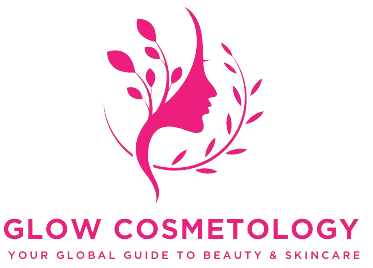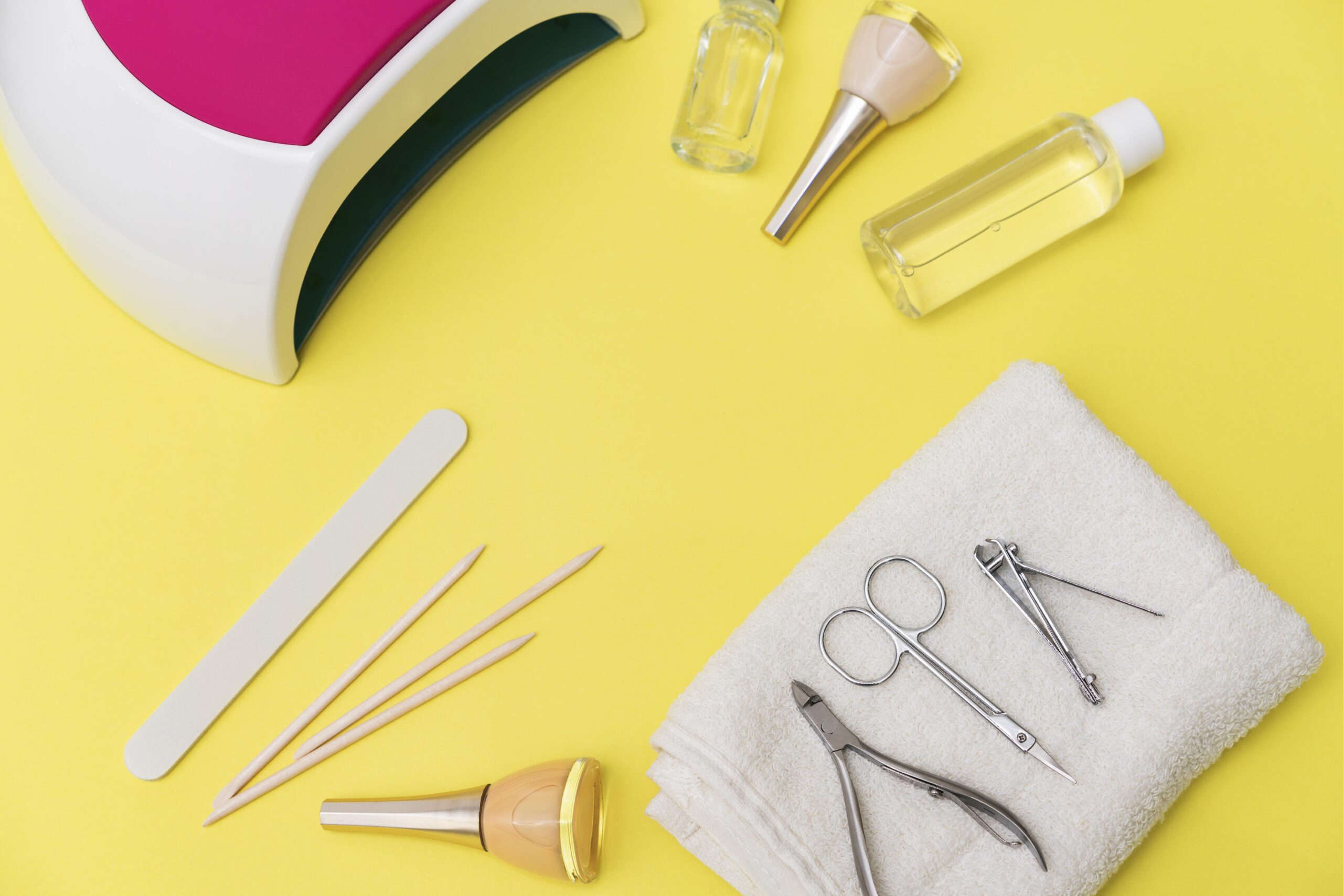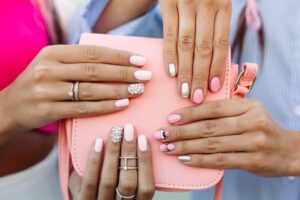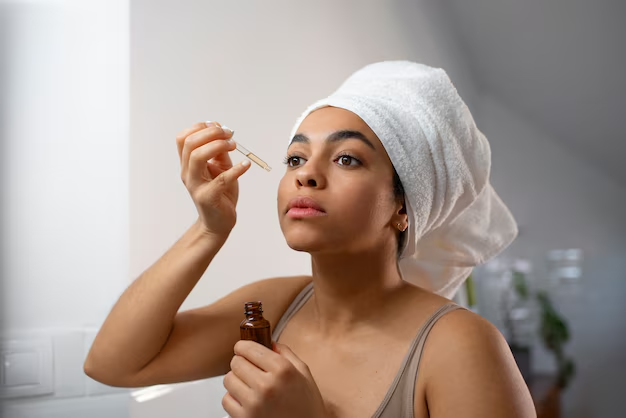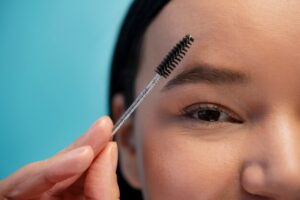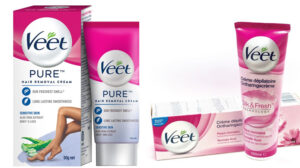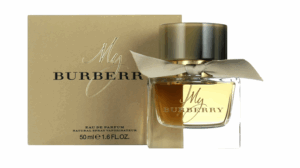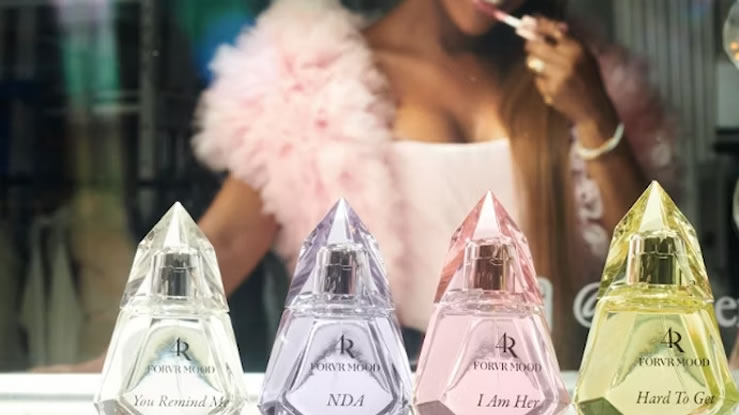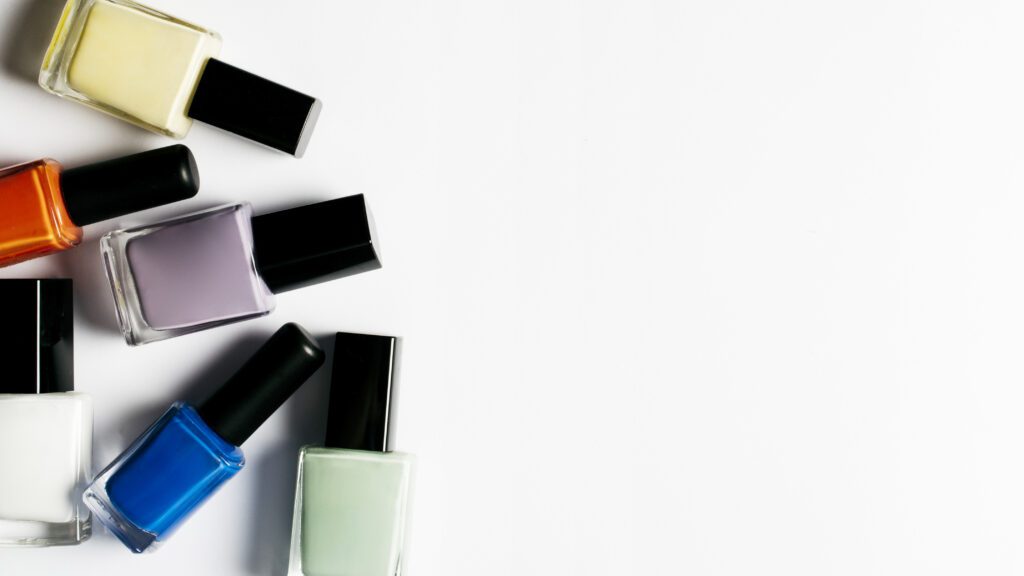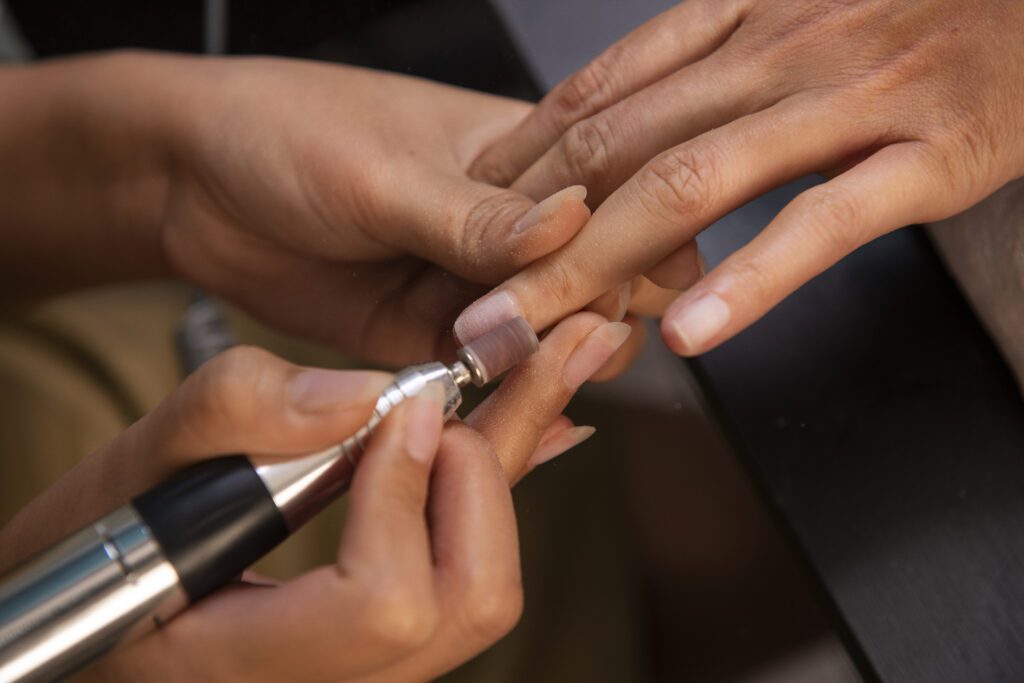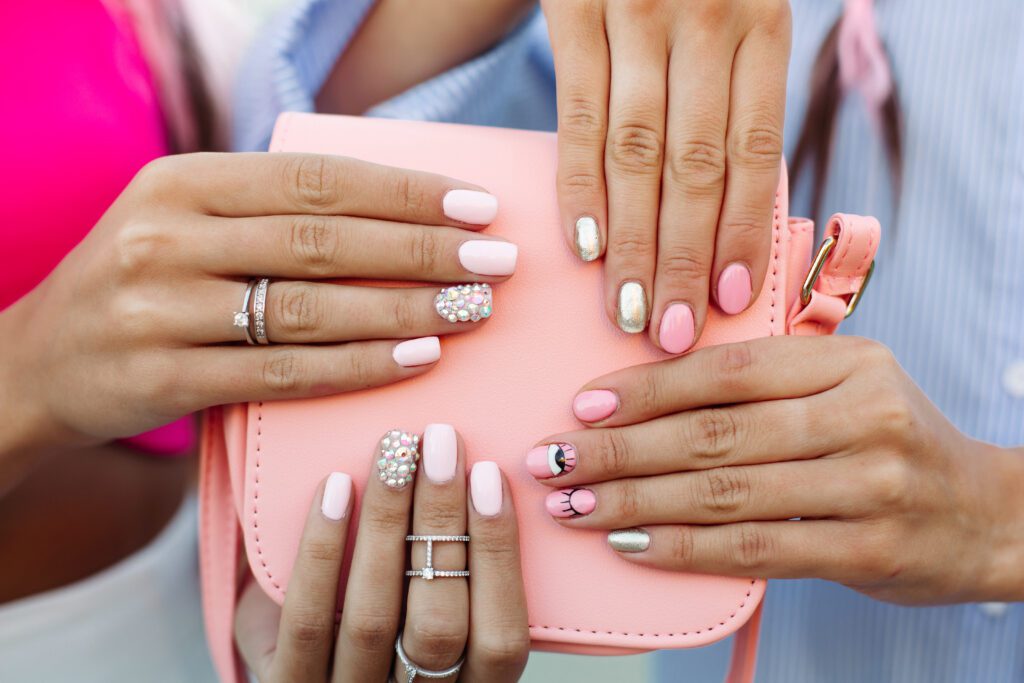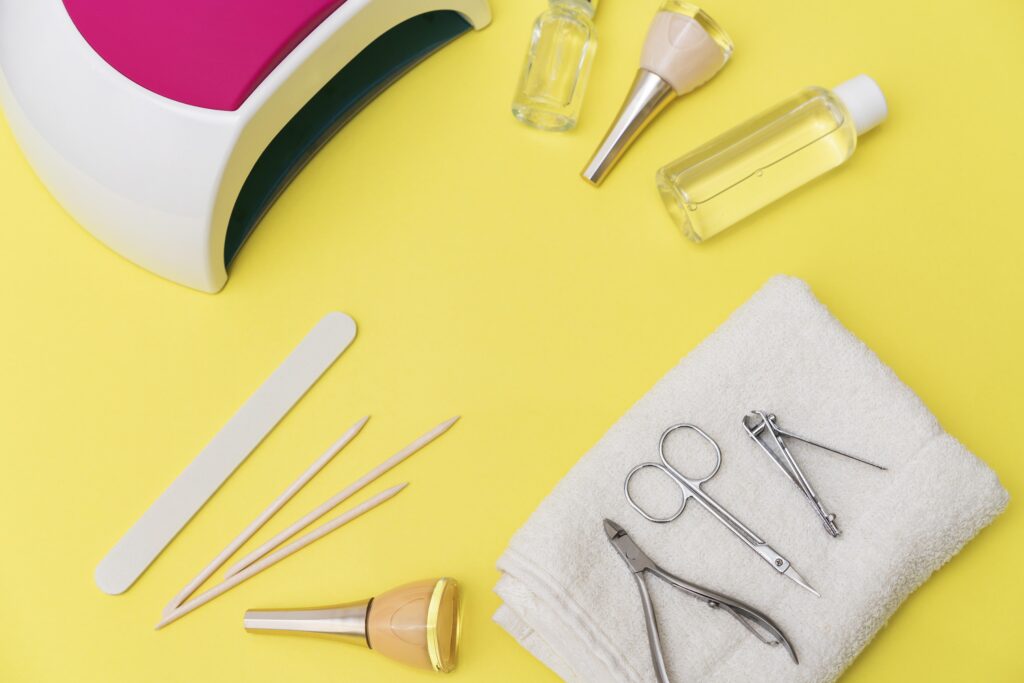Nail care is more than just polishing your nails or visiting the salon occasionally it’s an essential part of personal grooming and hygiene. Whether you’re a professional nail technician or simply someone who enjoys DIY manicures, having the right tools is key to achieving clean, strong, and beautiful nails.
Below, we explore the 10 most essential nail care equipment, their uses, and why they’re must-haves for maintaining perfect nails at home or in a salon setting.
1. Nail Clippers
A good set of nail clippers is the foundation of any nail care routine. Clippers are used to trim your nails to the desired length quickly and safely. They help prevent breakage, splitting, and jagged edges that can result from biting or tearing nails.
There are different types of nail clippers:
-
Fingernail Clippers: Smaller in size, ideal for fingernails.
-
Toenail Clippers: Larger and stronger to handle thicker toenails.
Tip: Always cut nails straight across to avoid ingrown nails, especially on toes.
2. Nail File or Emery Board
A nail file helps shape the edges of your nails after trimming. It smooths out roughness and refines the nail tips into your preferred shape—whether square, oval, almond, or coffin.
There are various types:
-
Emery Boards: Affordable and disposable.
-
Glass or Crystal Files: Long-lasting and gentle on nails.
-
Metal Files: Durable but can be harsh if used too often.
Tip: File in one direction rather than a back-and-forth motion to prevent splitting.
3. Cuticle Pusher
Cuticles protect your nails from bacteria and infections, but they can sometimes grow over the nail bed and make your nails look unkempt. A cuticle pusher helps gently push back the cuticles to keep nails neat and allow polish to adhere smoothly.
They usually come in two materials:
-
Metal Cuticle Pushers: Common in salons, durable, and easy to sanitize.
-
Wooden Orange Sticks: Disposable and gentle for at-home use.
Tip: Soak your nails in warm water or apply cuticle oil before pushing to soften the cuticles.
4. Cuticle Nipper
After pushing back cuticles, some dead skin or hangnails may remain. A cuticle nipper is a small tool with sharp, curved blades designed to trim excess cuticle skin carefully.
This tool is essential for professional-looking manicures but must be used gently to avoid damaging live skin.
Tip: Always sanitize nippers before and after use to maintain hygiene and prevent infections.
5. Nail Buffer
A nail buffer helps smooth the nail surface, remove ridges, and add natural shine. It’s perfect for people who prefer a clean, polished look without nail polish.
Buffers come in multiple sides, each with a different function filing, smoothing, and shining.
Tip: Avoid over-buffing, as it can thin the nail plate and make nails more prone to breakage.
6. Cuticle Oil
Cuticle oil nourishes and moisturizes both the nail and the surrounding skin. It’s often made from natural ingredients such as jojoba oil, vitamin E, almond oil, or coconut oil.
Regular use keeps cuticles soft, prevents hangnails, and encourages healthy nail growth.
Tip: Apply cuticle oil daily, especially after washing hands or removing nail polish, to replenish lost moisture.
7. Nail Brush
A nail brush is used to clean under and around the nails. It’s a simple yet powerful tool for maintaining hygiene and ensuring no dirt or debris gets trapped under the nails.
Tip: Use a soft-bristled brush to avoid irritating the nail bed or cuticles. You can use it with mild soap and warm water for best results.
8. Base Coat and Top Coat
These are essential products in nail care, especially for those who frequently wear nail polish.
-
Base Coat: Creates a smooth surface for nail polish and prevents staining from dark colors.
-
Top Coat: Seals the polish, adds shine, and protects against chipping.
Using both ensures longer-lasting manicures and healthier nails over time.
Tip: Always allow each layer to dry properly before applying the next to achieve a flawless finish.
9. Nail Scissors
Nail scissors are a precise alternative to clippers. They offer better control when trimming nails or cutting away hangnails and small imperfections. Many professionals prefer them for shaping nails delicately.
Tip: Invest in stainless steel scissors that are easy to clean and maintain.
10. Nail Polish Remover and Cotton Pads
No nail kit is complete without nail polish remover. It’s essential for cleaning the nails before reapplying polish or prepping them for treatments.
There are two main types of removers:
-
Acetone-Based: Very effective for removing tough polish but can dry nails.
-
Non-Acetone: Gentler on nails and better for frequent use.
Tip: Follow polish removal with cuticle oil or moisturizer to prevent dryness.
Bonus Equipment to Upgrade Your Nail Care Routine
If you want to elevate your nail care routine further, consider adding:
-
Nail Dryer: Speeds up the drying process and prevents smudging.
-
UV/LED Lamp: For gel polish curing.
-
Manicure Bowl: For soaking nails in warm water before treatments.
-
Hand Scrub and Lotion: For exfoliation and hydration.
-
Disposable Gloves: To protect nails during household chores.
How to Maintain Your Nail Tools
Proper maintenance of your nail tools ensures both hygiene and longevity. Here’s how:
-
Clean after each use: Use alcohol or warm soapy water to disinfect.
-
Store properly: Keep tools in a clean, dry case to avoid contamination.
-
Replace dull tools: Sharp tools ensure clean cuts and prevent injuries.
-
Avoid sharing: Nail tools should never be shared to prevent infections like fungus or bacteria.
Tips for Healthy Nail Care
Using the right equipment is just one part of the equation. Here are a few extra tips to keep your nails in top condition:
-
Eat foods rich in biotin, zinc, and omega-3 for nail strength.
-
Avoid biting or picking your nails.
-
Moisturize your hands and cuticles daily.
-
Give your nails a break from polish to breathe.
-
Trim nails regularly to maintain a uniform length.
The Importance of Nail Hygiene
Proper nail hygiene is about more than beauty it’s about health. Dirty or poorly maintained nails can harbor bacteria and fungi, leading to infections. Keeping them clean, trimmed, and healthy prevents problems like nail fungus, ingrown nails, and painful cuticle tears.
Professional vs. At-Home Nail Care
While professional manicures offer a luxurious and precise experience, at-home nail care is becoming increasingly popular due to convenience and affordability. With the right tools and knowledge, anyone can achieve salon-quality nails at home.
However, visiting a professional occasionally can help address specific issues like thickened nails, ingrown nails, or fungal infections safely.
Nail care is not just a beauty ritual it’s an act of self-care that reflects hygiene, health, and confidence. By equipping yourself with these 10 essential nail care tools and maintaining them properly, you can ensure your nails remain clean, healthy, and beautiful every day.
Whether you’re a beginner or a seasoned beauty lover, investing time in nail care helps you present your best self polished, elegant, and confident.
Related Article
